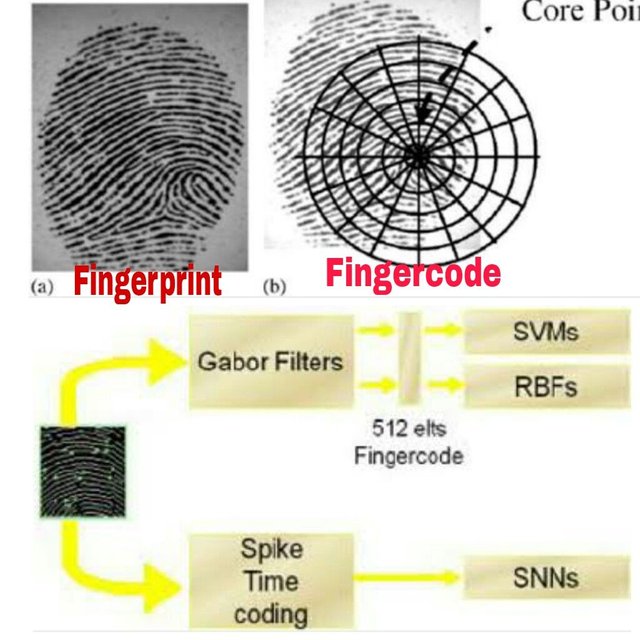Fingercode-The Technology of Future
New and emerging technologies could offer some of the biggest opportunities, but they also present some severe challenges on way to the future world. More often than not, when the impact of new technologies is being considered, the focus is on the way in which the challenges these technologies pose could be addressed.
As such technologies themselves are not good or bad – they are just tools. And like any tool, they can be put to good use or can be abused. A hammer for example, can be used as a weapon or it can be used to build a shelter for the homeless. But what makes many of the technologies emerging in today's world different is their scale, complexity and level of connectivity. This means that there is far more potential for unintended consequences to occur, and for those consequences to have effects at a systemic level. In today's blog, I'm going to discuss two technical challenges on the way to the future world. These two challenges are: i) the performance of the biometric algorithms which must compare fingerprint with billions of samples in real time, and ii) the privacy of biometric data which should not be stored in multiple databases or transmitted over networks. Fortunate enough that alongside the hackers and scammers who are always on prowl to abuse and encroach the privacy of people, there are many good techno innovators who work tirelessly to secure the privacy of the people on net. Biok similarly has come up with a solution tackles the above mentioned two problems with the technology called ‘fingercode’.
The fingercode is an anonymised irreversible representation of the biometric data, similar to a cryptographic hash, which can be stored or transmitted without compromising the privacy and matched with the sample fingercodes at speed. Fingercode has been demonstrated to be an effective fingerprint biometric scheme, which can capture both local and global details in a fingerprint.
The proposed matching algorithm uses both minutiae and texture information. It uses a bank of Gabor filters to capture both local and global details in a fingerprint as a compact fixed length finger code. Matching is achieved with the help of Euclidean distance between the query and template image, hence is extremely fast. Experimental results show that combination of minutiae and texture based (local as well as global) score matching leads to substantial improvement in the overall matching performance even at low resolutions.The best results were obtained by applying a nonlinear function to the texture values and weighting the texture vectors based on the spatial distribution.
